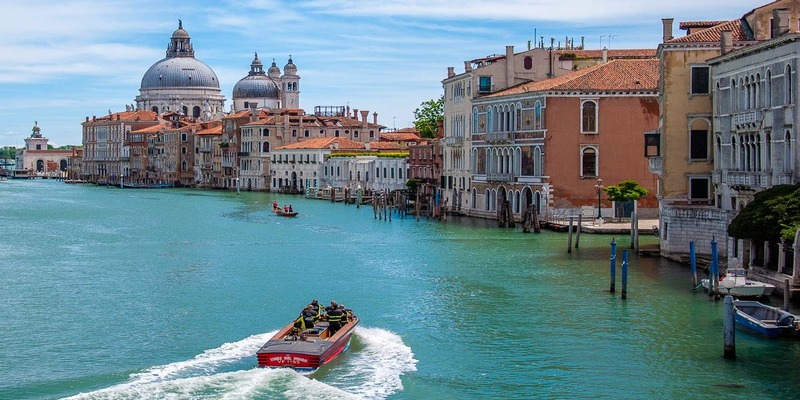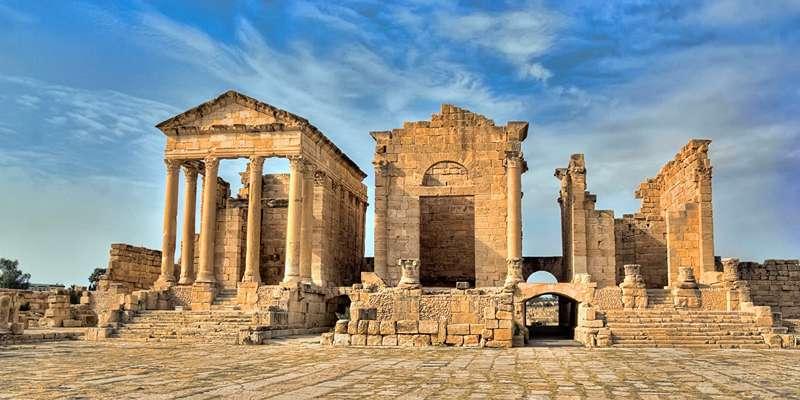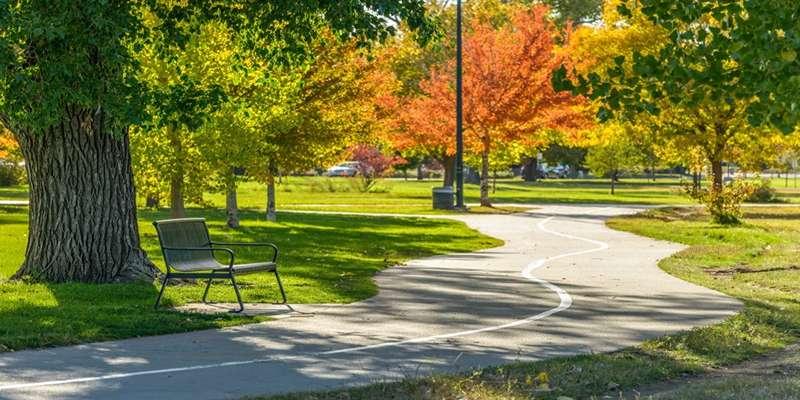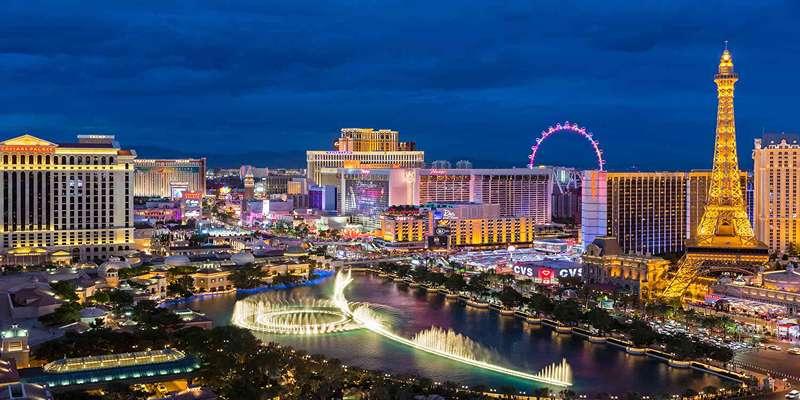Due to its intricate network of canals and narrow alleys, Venice is often considered one of the world's most confusing urban environments to become disoriented. It's the hardest place to figure out but the most accessible with some reading. Looking down on Venice from above, its two main islands form a handshake.
The islands are divided into six distinct regions, or sestieri, each with its unique culture and atmosphere, from bustling markets to peaceful residential neighborhoods. This individual sestieri are described below.
Dorsoduro and Giudecca

Dorsoduro, the southernmost of Venice's sestieri, encompasses the island of Giudecca and is home to many of the city's best museums and most populous educational institutions. Dorsoduro is where you'll find the Venice Architecture Institute and the prestigious Ca' Foscari University, which is widely regarded as one of the best in Italy for studying languages.
As a result, Dorsoduro, as a whole, is teeming with restaurants and nightclubs, making it a popular choice among students. The neighborhood of Dorsoduro has transformed into Venice's version of Soho. Pay a visit to the Pinault-funded Punta Della Dogana and the Peggy Guggenheim Collection, and keep an eye out for the newer, smaller galleries that are always springing up in the area.
Dorsoduro has a different Venetian atmosphere than neighboring San Polo since it has long been a favorite of international second-home purchasers. Nonetheless, it is home to luxurious boutique hotels, delectable dining options, and cutting-edge contemporary art that is recognized internationally. This is the city's sunniest area, making it perfect for winter vacations and a haven for art enthusiasts.
Castello
The sestiere Castello is the city's actual art hotspot, even though the Dorsoduro district is home to several impressive collections in its own right. Castello, which looks out over the Lagoon and is less crowded than San Marco, is where the Venice Biennale is held.
The Biennale's influence can be felt across Castello, from the Giardini Della Biennale and its famed thirty pavilions, each of which belongs to a different country that utilizes it to showcase its works of art every two years, to the spaces within the Arsenale.
However, the weight of history is also present; the Arsenale, where skilled craftspeople built a wide variety of ships, helped Venice become a maritime superpower and maintain its dominance over the seas for almost a thousand years.
The Parco delle Rimembranze, also called the Sant'Elena pinewood, is conveniently located at the very point of the sestiere with sweeping views of the Lido, making it an ideal place to relax after a long day of sight-seeing.
San Marco
San Marco, named after the city's patron saint, is the most popular district in Venice. Piazza San Marco (St. Mark's Square) is the heart of this sestiere and the primary attraction for all tourists in Venice. Visitors to Venice gather here to snap pictures of the iconic Basilica San Marco and sip spritzes in the square's traditional cafes.
After exploring St. Mark's Square, continue exploring the San Marco area, which extends from the bridge over the Rialto to the surrounding streets. Explore the neighborhood of San Marco and its many little piazzas and grand museums. Keep an eye out for shoreline picture chances on the island of San Giorgio Maggiore, which is part of the San Marco neighborhood across the Lagoon.
San Polo
Many Venetians consider this little neighborhood to be the city's beating center. San Polo, one of the oldest areas of Venice, is a bustling community where locals and visitors alike may be found in Campo San Polo, the city's second-largest public plaza. Visitors to the famous and attractive Rialto fish market often make their way to San Marco through San Polo, a main avenue in the city.
Cannaregio

The district of Cannaregio is the starting point for most visitors to Venice. Cannaregio is a lively sestiere full of shops, restaurants, squares, and palaces that stretches from the steps of the Venezia Santa Lucia train station to the Rialto Bridge on the east side of the city.
The Strada Nuova is a bustling retail boulevard, but the little lanes off of it connect to historic neighborhoods like the Jewish Ghetto, which was founded in the 4th century. Fondamenta Nuova, near Cannaregio's northernmost point, is the Vaporetto terminal for the island of Burano (boat).
Santa Croce
They say that this sestiere has two different personalities. In Santa Croce's southwest, Piazzale Roma is a major transportation hub where buses and taxis congregate. Northeastern Venice is more typically Venetian, with its canals, lanes, and old palaces. Santa Croce may be little, but it delivers a cultural punch with its Byzantine and modernist architecture.




